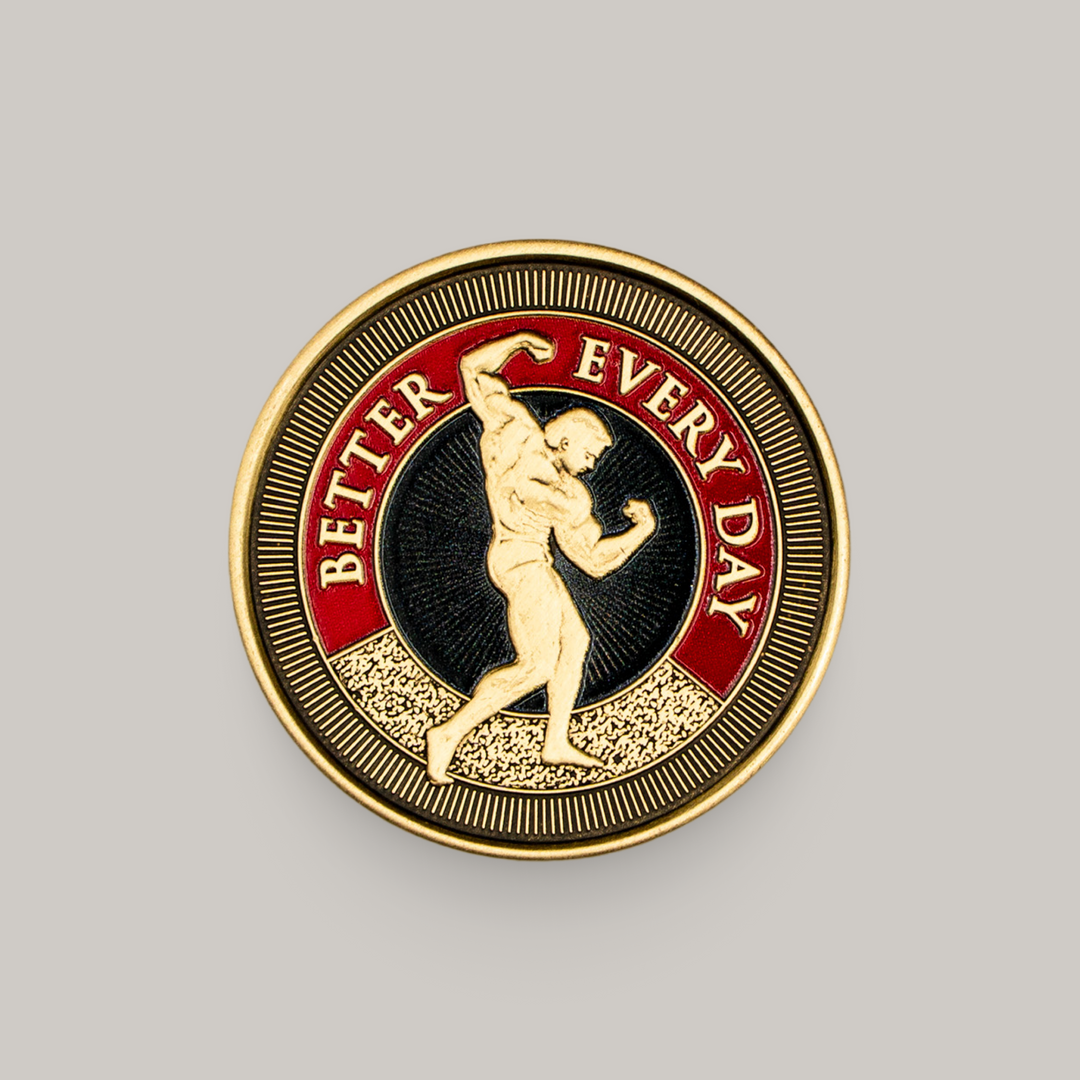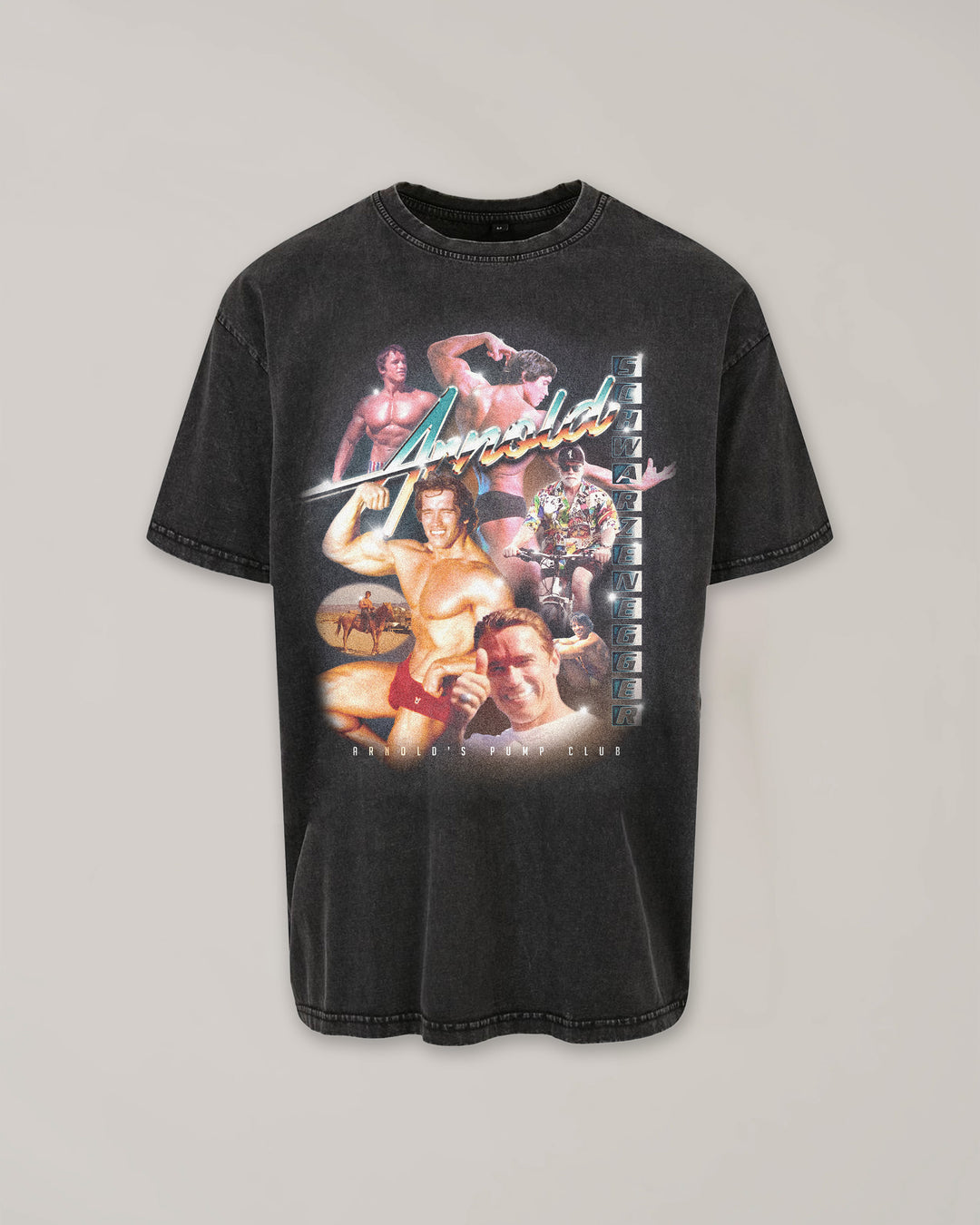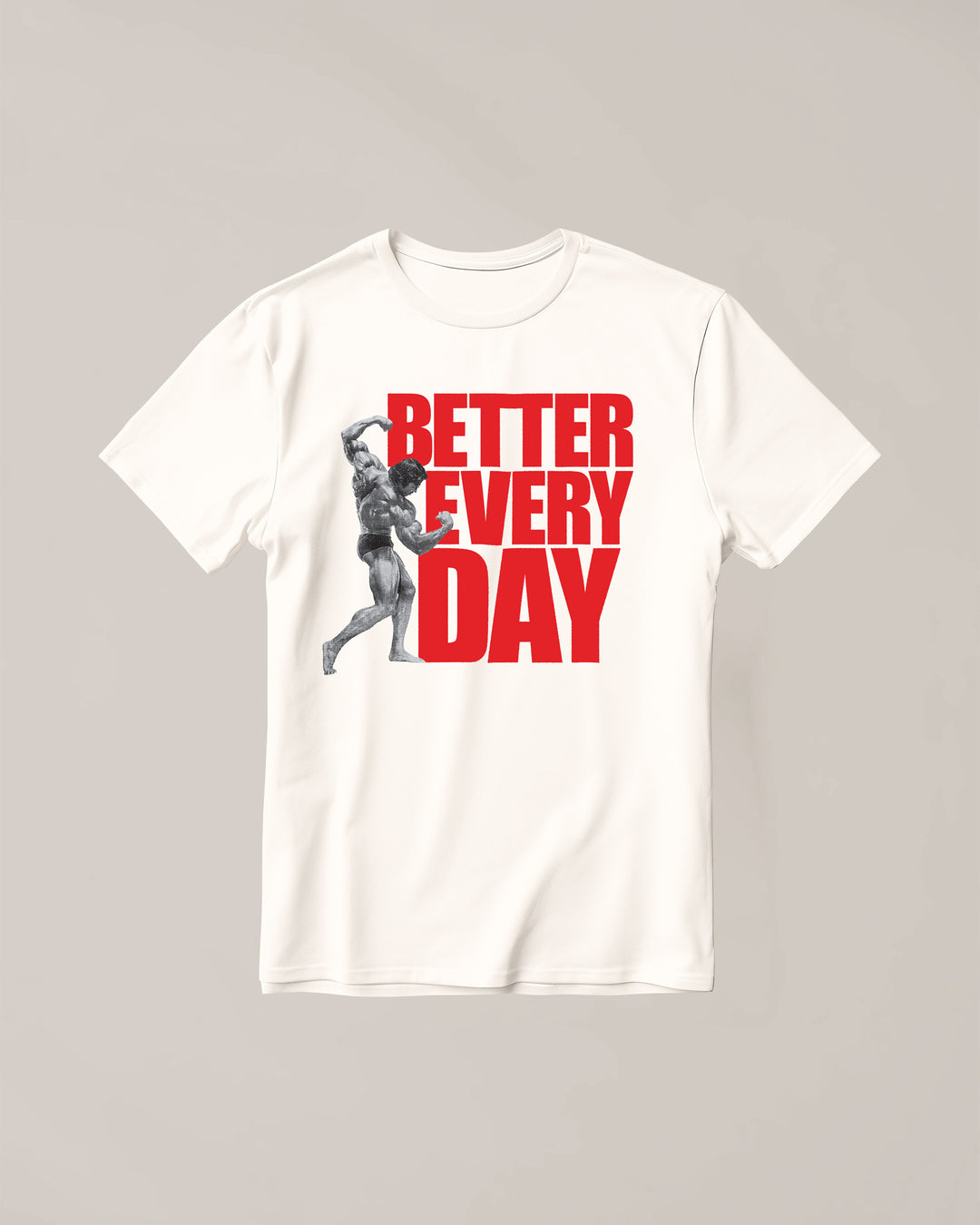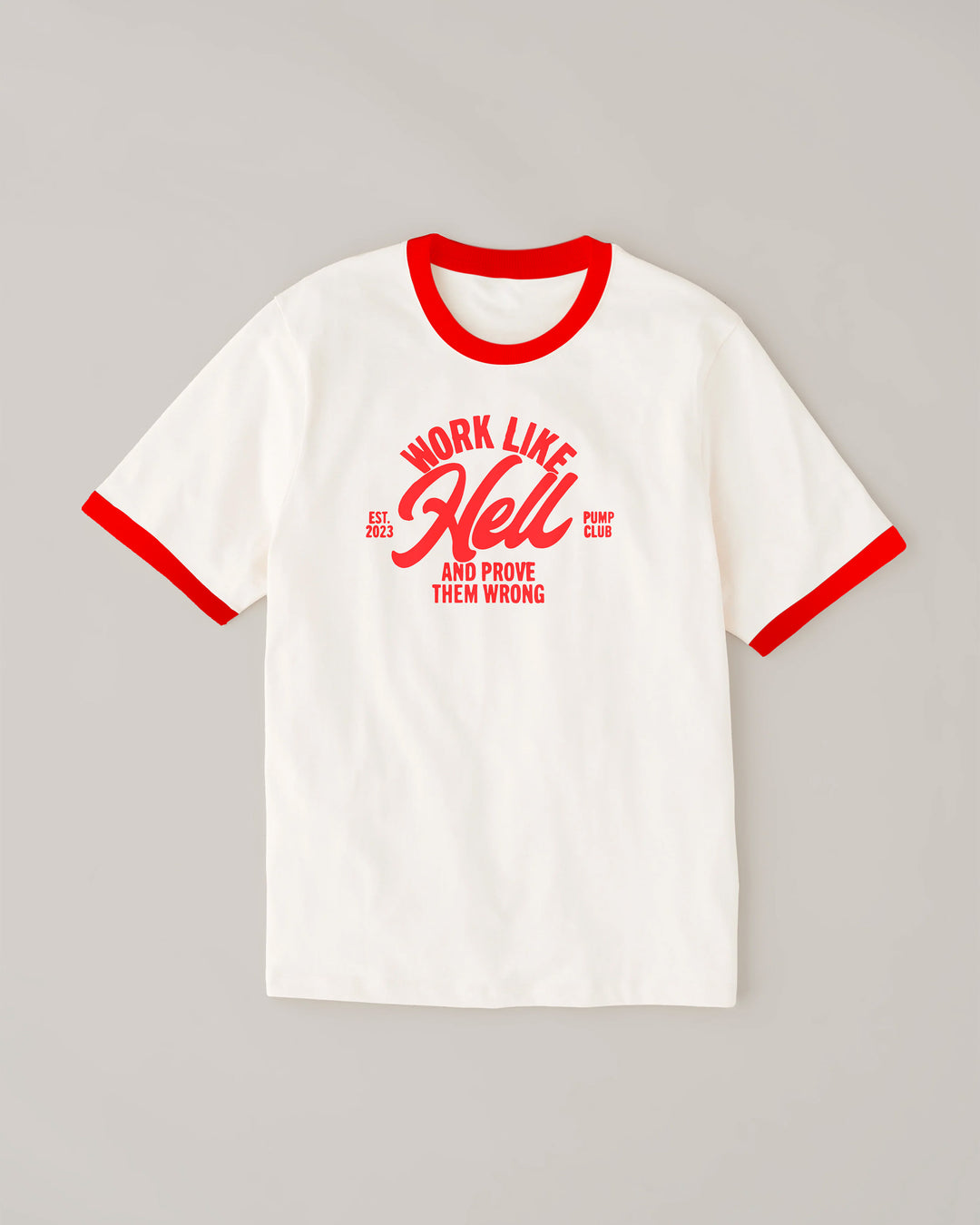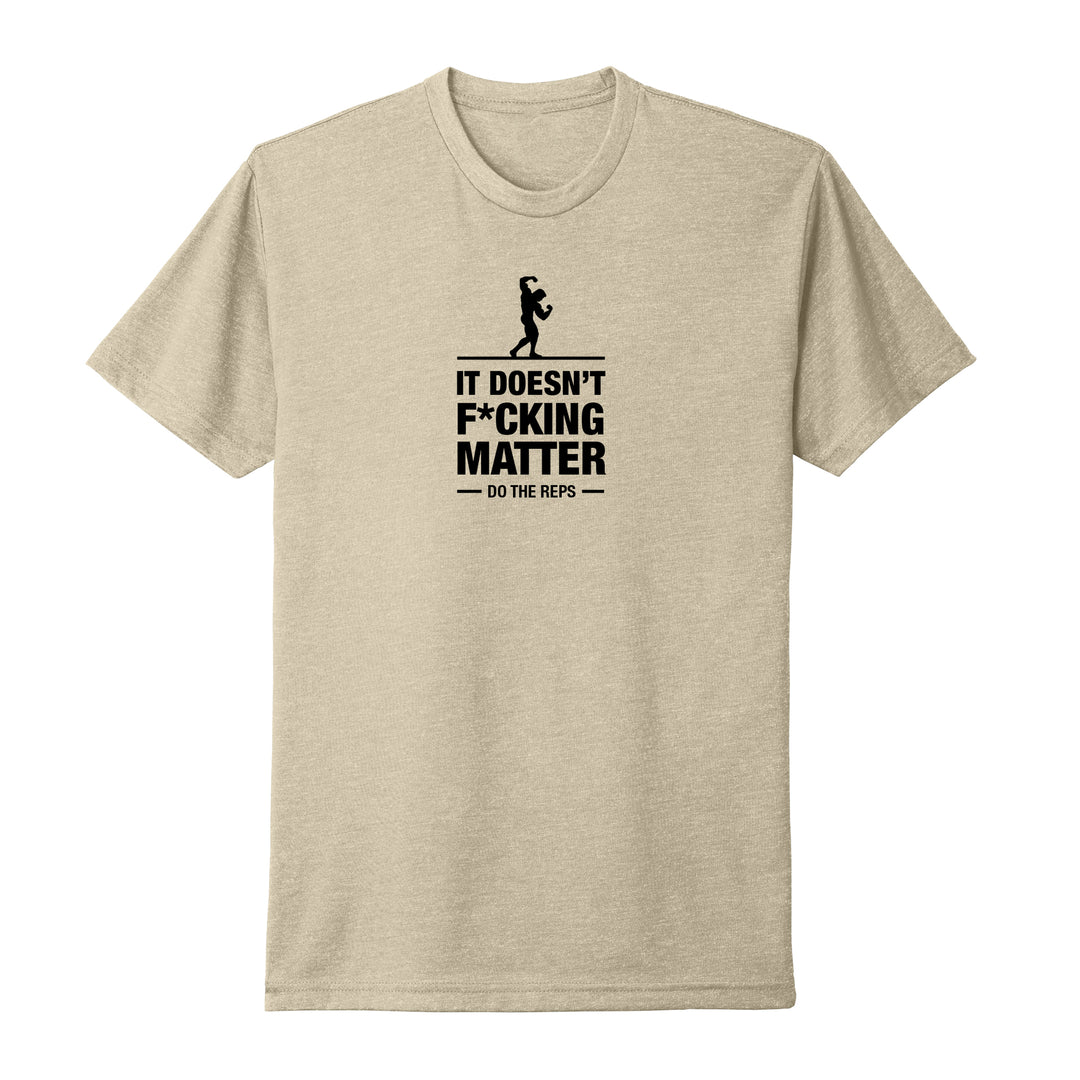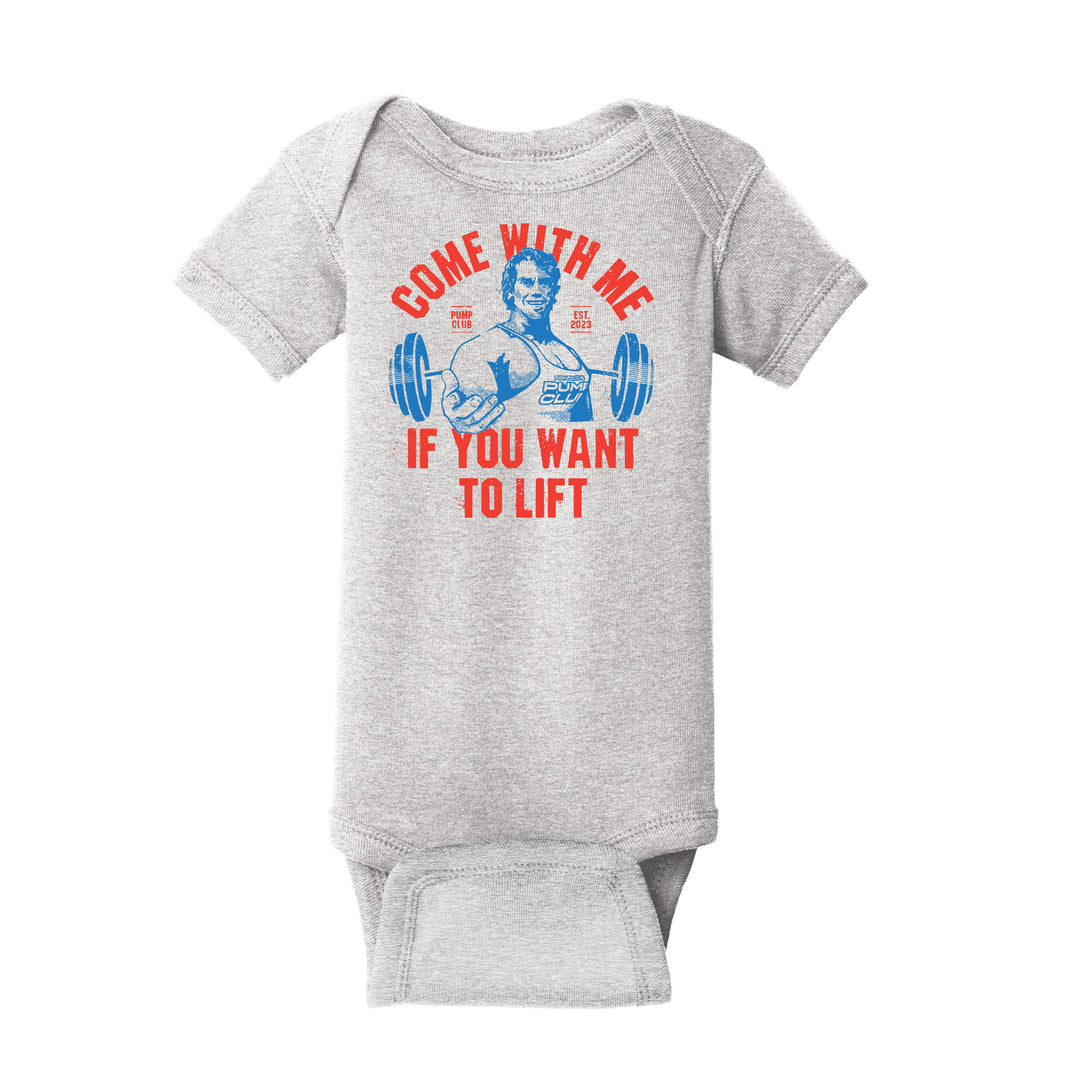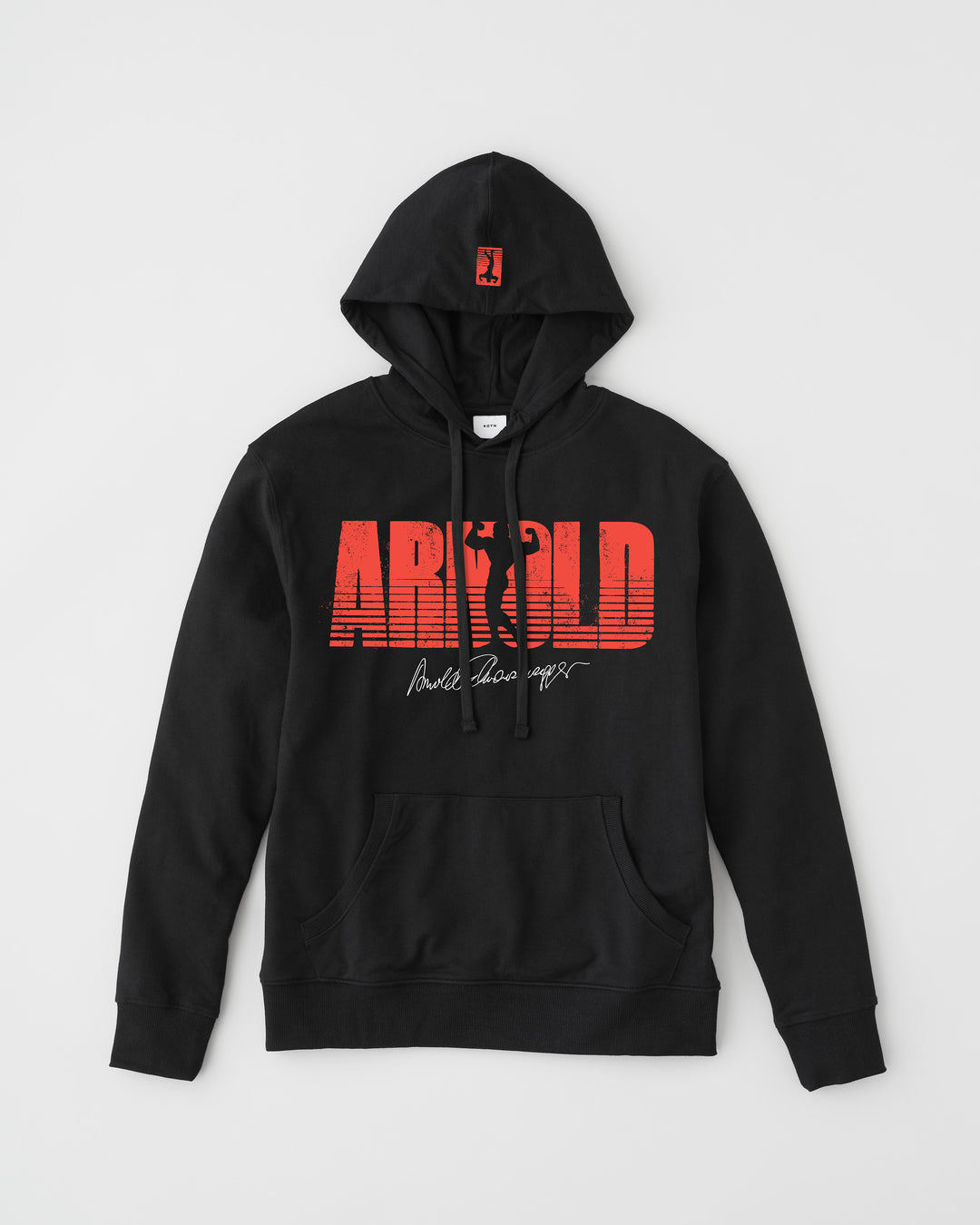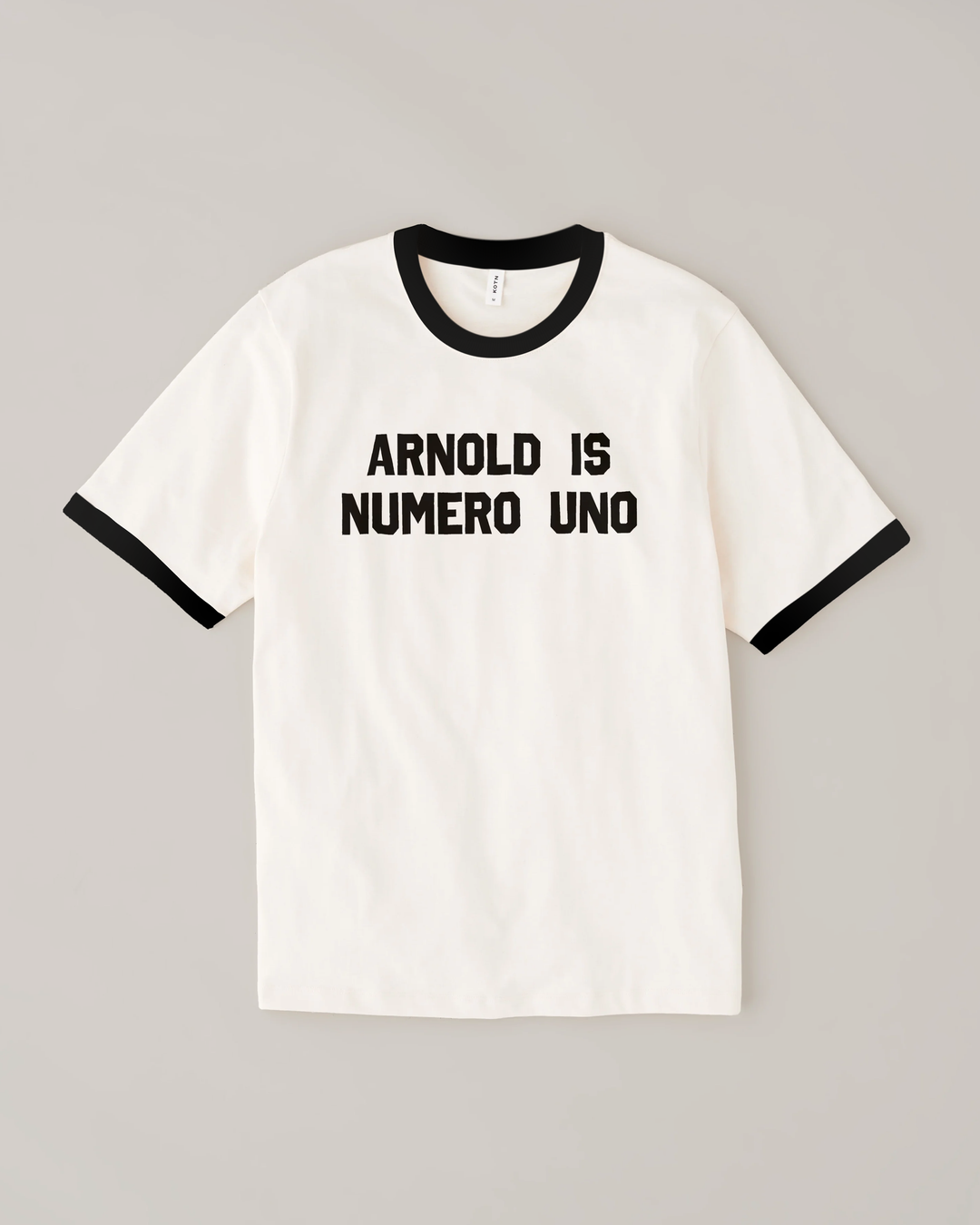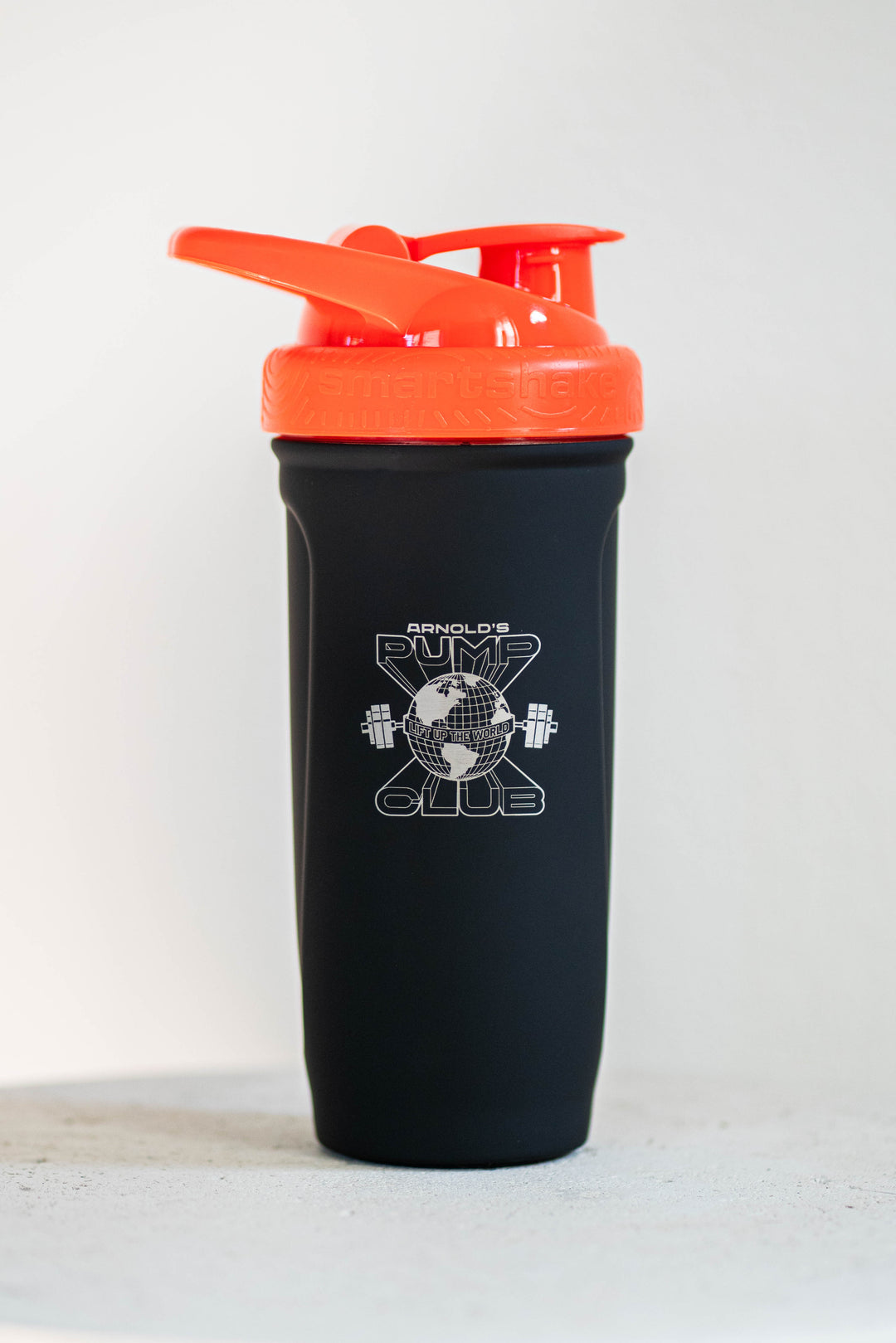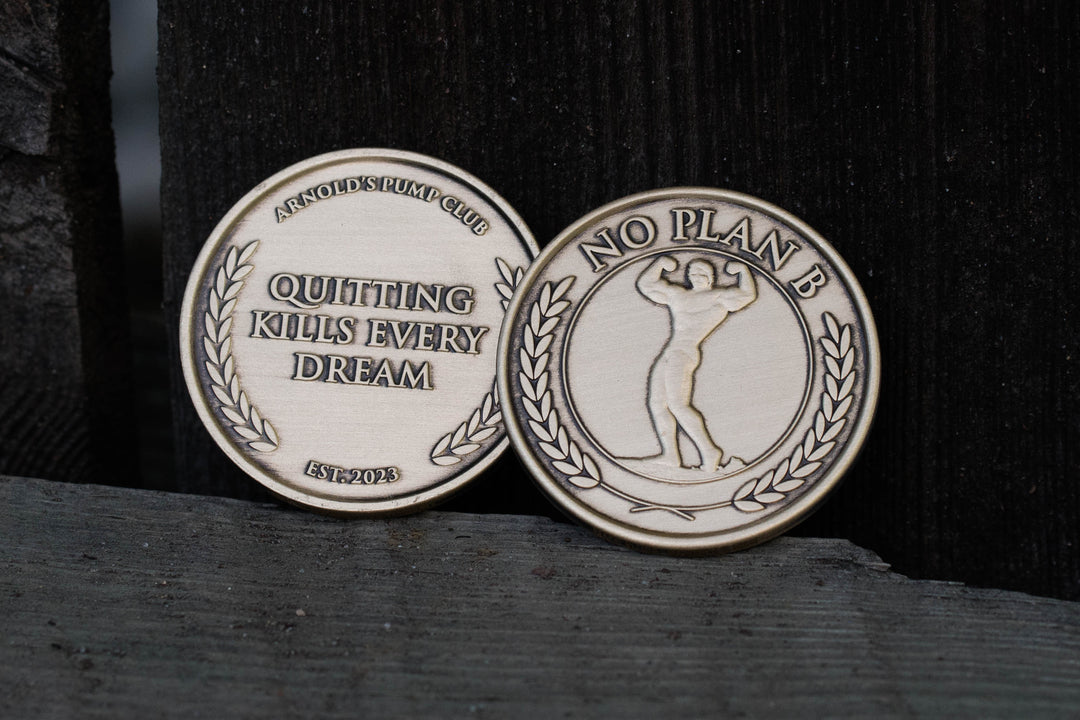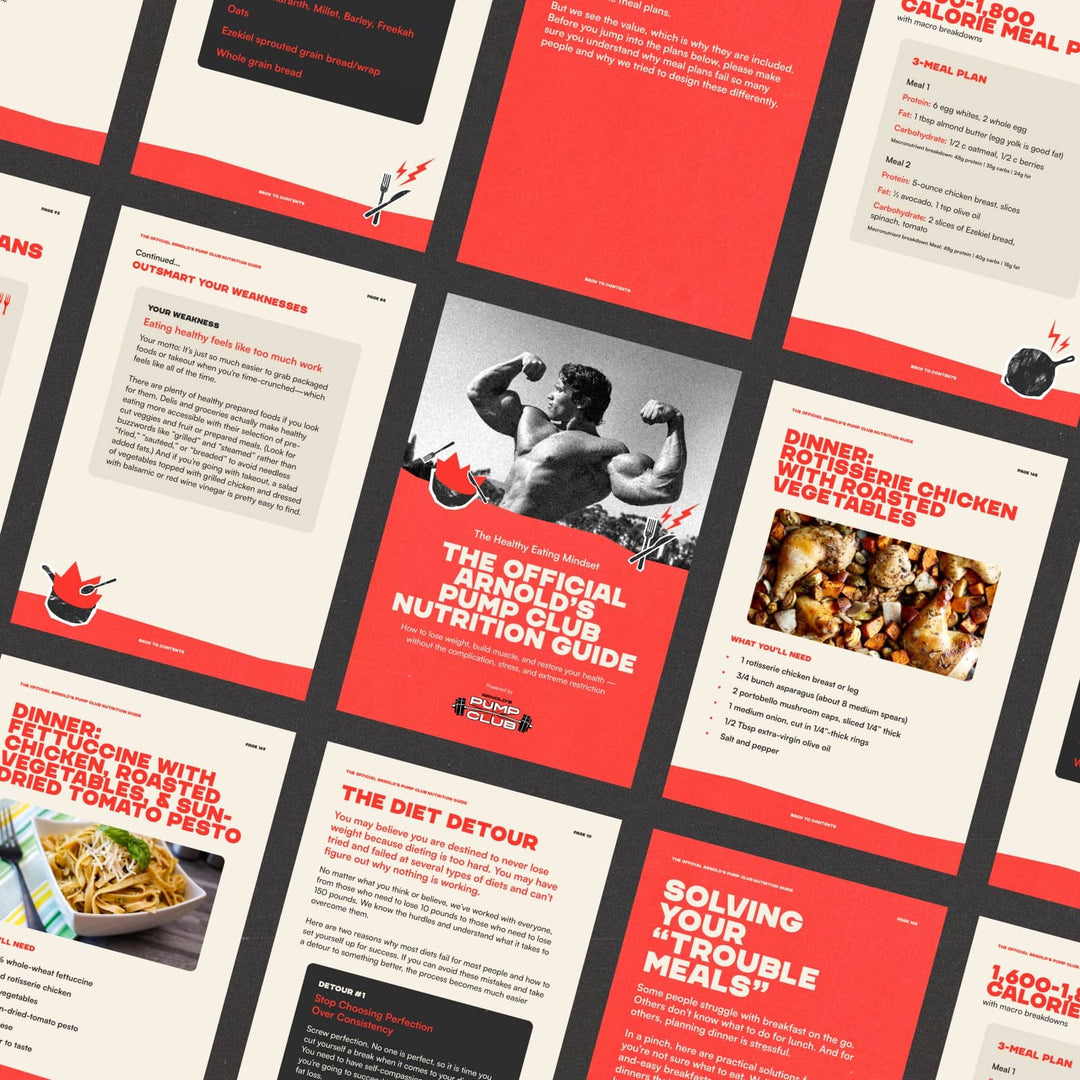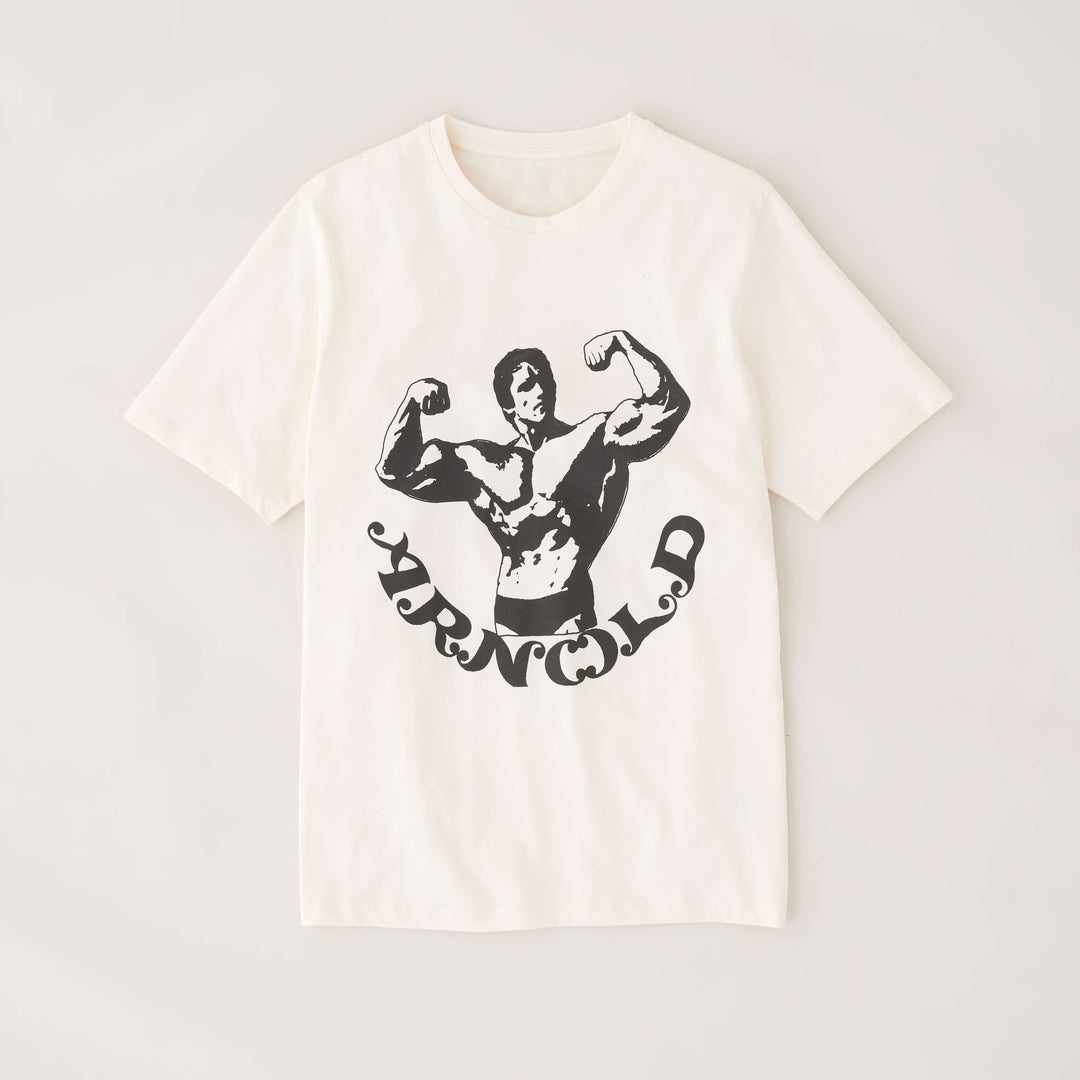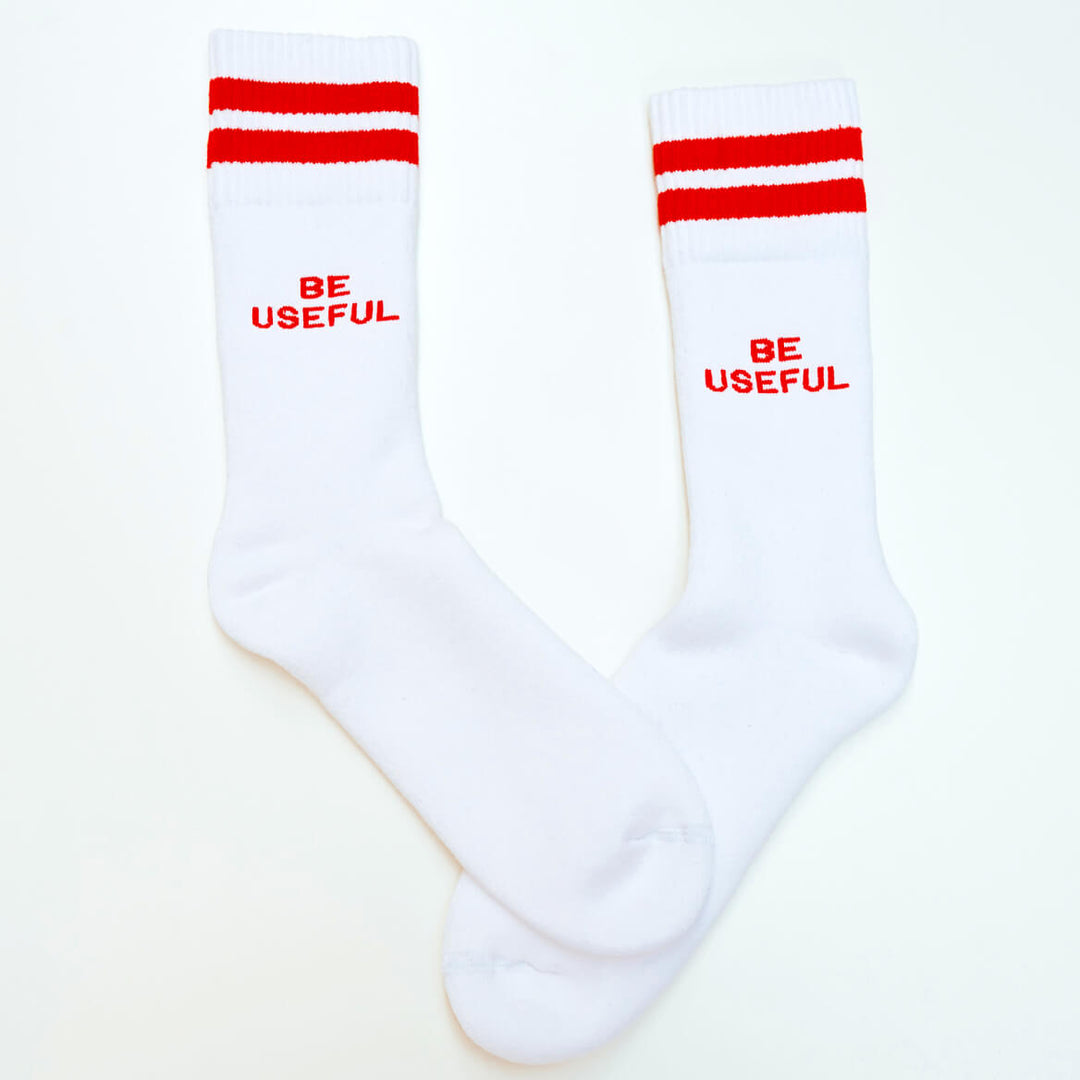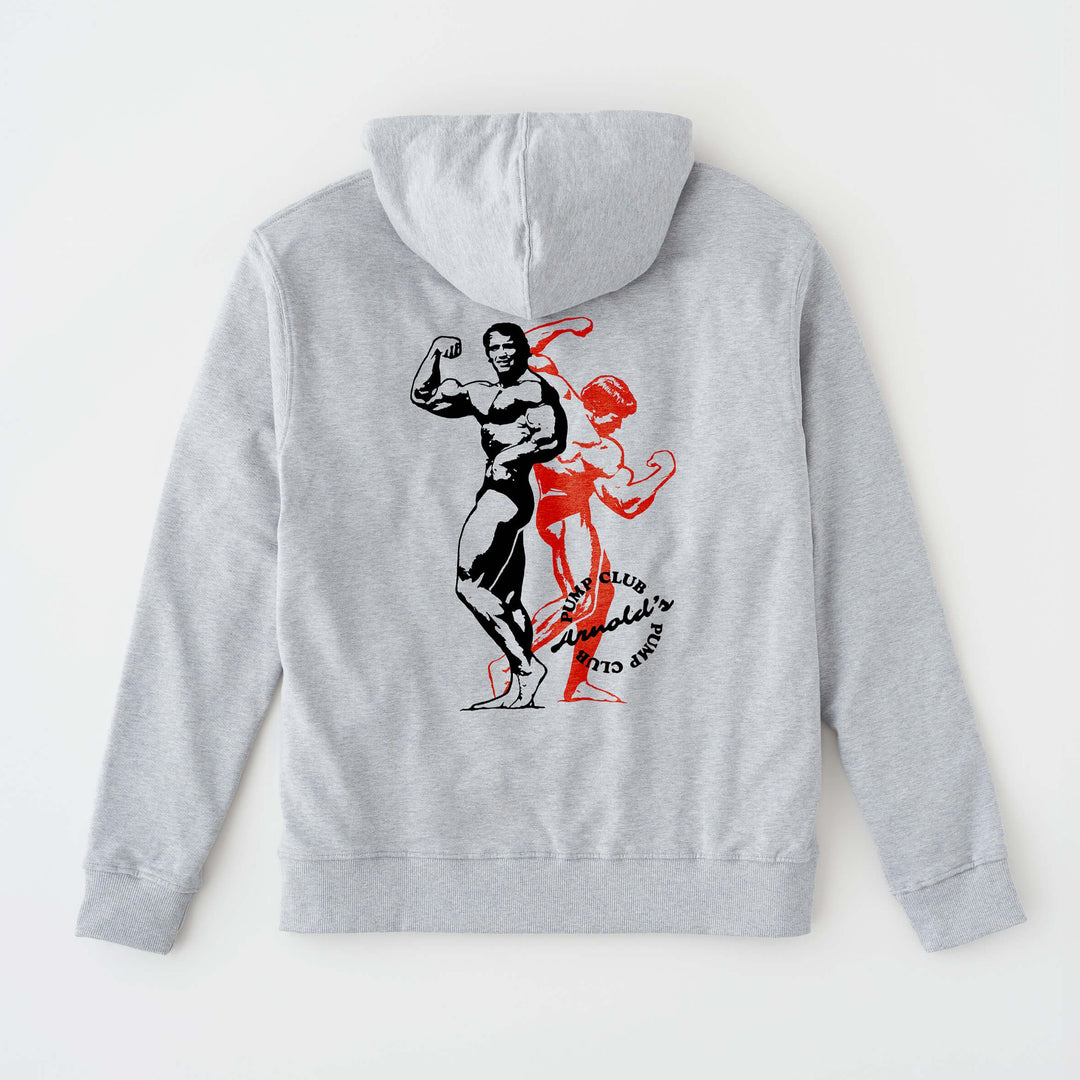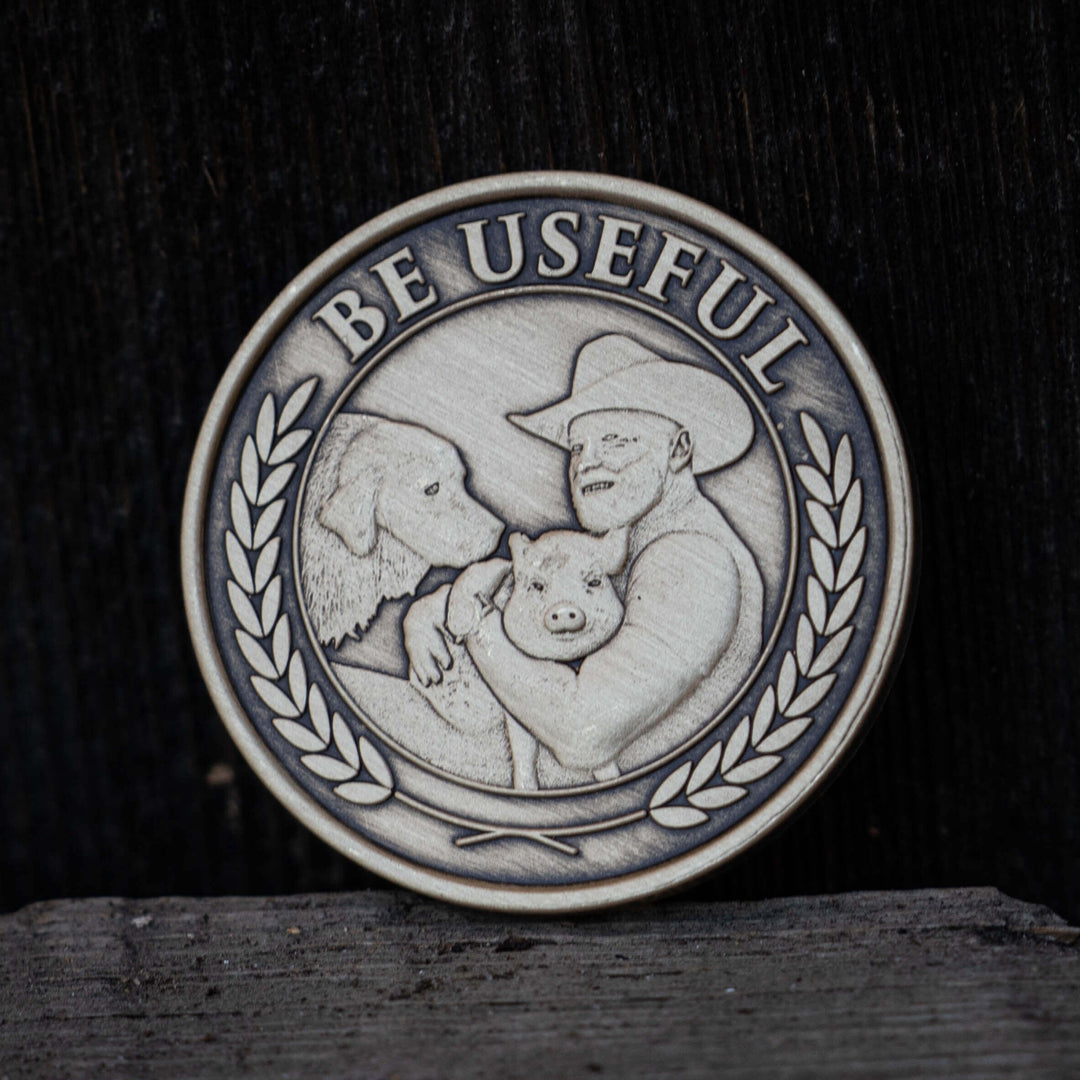Welcome to the positive corner of the internet. Here’s a daily digest designed to make you healthier in less than 5 minutes. If you were forwarded this message, you can get the free daily email here.
Today’s Health Upgrade
Does red meat cause diabetes?
Cutting your toxic exposure
Let’s talk about money
Workout of the week…déjà vu
Arnold’s Podcast
Motivation every day. Want Arnold to help you start your day? Each morning, we post a new podcast with tips you’ll find in the daily email and bonus stories, wisdom, and motivation from Arnold. Listen to Arnold's Pump Club podcast. It's like the daily newsletter but with additional narration and thoughts from Arnold. You can subscribe on Apple, Spotify, Google, or wherever you listen to podcasts.
Does Red Meat Cause Diabetes?
New accusations are floating around about the dangers of red meat. But everything might not be as it seems.
A new study suggests that eating red meat increases your risk of diabetes, but the data suggests you’re not getting the entire story.
The study was based on the review of more than 200,000 participants, focusing on female and male nurses and their risk factors for chronic diseases. The study found that eating meat — processed or unprocessed — was associated with an increased risk of diabetes. In particular, those who ate the most meat were 62 percent more at risk, those who ate more unprocessed meat had a 40 percent elevated risk, and eating processed meat led to a 51 percent higher likelihood.
The headlines make it seem like an open-and-shut case, but it’s not that simple. The study was not a cause-and-effect analysis. So, it’s important to look at all the details about who was involved and other lifestyle variables that could influence the results. When you filter the data based on body mass index (BMI), the risk of getting diabetes reduces significantly, suggesting that it’s not just meat.
A more accurate interpretation is that people who ate the most red meat — and had the highest risk for diabetes — were the same people who weighed the most, had higher levels of body fat, consumed more calories, and were less active.
So, how should you adjust your diet? As we’ve discussed, research suggests consuming too much red meat too frequently could lead to health risks. It’s one reason why Arnold now eats a more plant-based diet while still enjoying some red meat, along with other forms of animal protein. Specifically, the overconsumption of processed meat and saturated fat can increase LDL cholesterol and, more specifically, apo B particles. Both are linked to heart disease. If you’re concerned about your health, it is helpful to have these levels tested to understand whether you need to make changes.
Based on our current understanding, diabetes tends to be caused by too much body fat, which causes insulin resistance and can lead to many health issues such as hypertension and hyperglycemia. But it’s inaccurate to suggest that red meat alone causes diabetes, or that any amount is inherently dangerous.
If you want to keep red meat in your diet, you can reduce your risk by limiting your consumption to 1 to 2 servings per week. Or, you can prioritize red meat low in saturated fat (like Maui Nui) or choose other animal protein options such as fish or poultry.
Cutting Your Toxic Exposure
It might be time to swap out a common household item.
Research suggests that your cutting board is an overlooked source of microplastics, which could harm your health.
Microplastics are tiny plastic particles that can potentially affect your cells, cause chronic inflammation or infection, and might be linked to different diseases. While our bodies appear to be very good at fighting microplastics and keeping our bodies safe, the growing concern is that too much exposure over too much time could lead to issues.
Scientists analyzed 12 cutting boards from various materials, including wood, plastic, and glass, to assess their potential as a source of microplastic contamination. The plastic cutting boards had far more microplastics than the other options. When they tested the toxicity of the plastics on mice, there wasn’t a negative impact. But they weren’t testing for the impact of accumulation over time.
As we discuss frequently, it’s important not to overthink or stress too much about hypothetical outcomes or dangers. We all are exposed to microplastics, even if you use a wood or glass cutting board. So, the goal isn’t to live in fear or think that your body is fragile or at severe risk. At the same time, you want to be aware so you can make small changes that might have a protective effect on your health. In general, it’s a good idea to try and limit potential endocrine disruptors, which include microplastics. If possible, substituting a non-plastic cutting board could expose you to almost ten times fewer microplastics.
Are You Celebrating Your Hard Work?
Editor’s note: Arnold frequently talks about making time to celebrate. It doesn’t matter if it’s having your favorite dessert or working towards something you enjoy; creating balance is about including things you love in your life. But money can make that balance feel complicated or stressful. To help, we asked personal finance advisor Ramit Sethi about reducing the friction of spending money.
I truly believe it’s okay to spend more money if you make more money. You work hard, so why shouldn’t you enjoy your money today?
Some people find it challenging to spend money on themselves. Research suggests that even as young children, we develop feelings about spending that predict our financial decision-making as adults.
If you find spending and enjoying your money difficult, it’s important to take some time and examine why you might be feeling this way. Sometimes, you might have a hard time spending because of beliefs:
Did you learn from your parents that spending money was wasteful?
Do you feel like you don’t have enough money (even though you do)?
Is it hard to picture what you’d like to spend money on, so what’s the point?
Sometimes, it’s simply just about your numbers:
Is your savings rate too aggressive? (This happens!)
Do you have a large amount of debt looming over you?
Are your fixed costs exceeding 60% of your take-home pay? (housing, utilities, transportation, groceries, etc.)
If you discover you’re having a hard time spending money because of debt or high fixed costs, know that I understand it can be tough to spend money on things you want. In these scenarios, all of your income goes to needs and bills.
Money should be enjoyed. Everyone teaches us how to save, but nobody teaches us how to spend. Yet spending is an important skill to learn, just like you’ve learned how to save and invest.
Even if you plan to pay down your debt and reduce your fixed costs, it could take a while. That’s why I always recommend people look for ways to earn more. There’s a limit to how much you can cut but no limit to how much you can earn.
Earning more will allow you to get out of debt sooner, reduce your fixed costs percentage, and spend on the things you enjoy — not just on the things you need to. So, if you’re having trouble celebrating your hard work by spending money, figure out why you’re feeling that way. Then, start making changes today so you can enjoy it.
Workout of the Week (Let’s Try This Again)
Editor’s note: Yesterday, we shared the workout of the week. There was one problem: We had a case of the Mondays and forgot to include the reps for each exercise. We apologize for the error. If you missed it or wondered how many reps you should perform, the information is included below.
If you looked through Arnold’s workout logs, something would immediately stand out — and we’re not talking about the grueling sessions, incredible volume, or ability to push himself to the limit. Arnold built his body on a steady diet of basic exercises.
Today, you see many “new moves” and variations, and influencers might make it seem like these are necessary or better. If you enjoy them, that’s fine. But mastering foundational moves is a proven way to build strength, add muscle, and burn fat.
This week’s program doesn’t include exotic exercises, but it takes a timeless approach to challenging every muscle from head to toe.
How it works
This full-body workout can be done as one circuit. You’ll complete 8 to 12 reps of each exercise. You’ll perform the first exercise and then immediately move to the next exercise, resting as little as possible. And you’ll continue this pattern until you complete all of the movements. After you finish one round of all eight exercises, you can call it a day, or you can rest 3 minutes and go through the eight exercises again. If you’re a beginner, just 1 to 2 sets is enough, and you’ll be done in 10 to 20 minutes. If you’re more advanced, aim for 3 to 5 total circuits.
Bodyweight version
Pushup: 8-12 reps
Inverted row: 8-12 reps
Leg raise: 8-12 reps
Superman “W”: 8-12 reps
Bodyweight squat: 8-12 reps
Rear-foot elevated split squat: 8-12 reps
Plank: 8-12 reps
Reverse Lunge: 8-12 reps
Dumbbell version
Chest press: 8-12 reps
Bent-over row: 8-12 reps
Leg raise: 8-12 reps
Pullup: 8-12 reps
Goblet squat: 8-12 reps
Dumbbell rear-foot elevated split squat: 8-12 reps
Plank: 8-12 reps
Dumbbell reverse lunge: 8-12 reps
Give it a try, and let us know how it goes!
—
Publisher: Arnold Schwarzenegger
Editors-in-chief: Adam Bornstein and Daniel Ketchell







